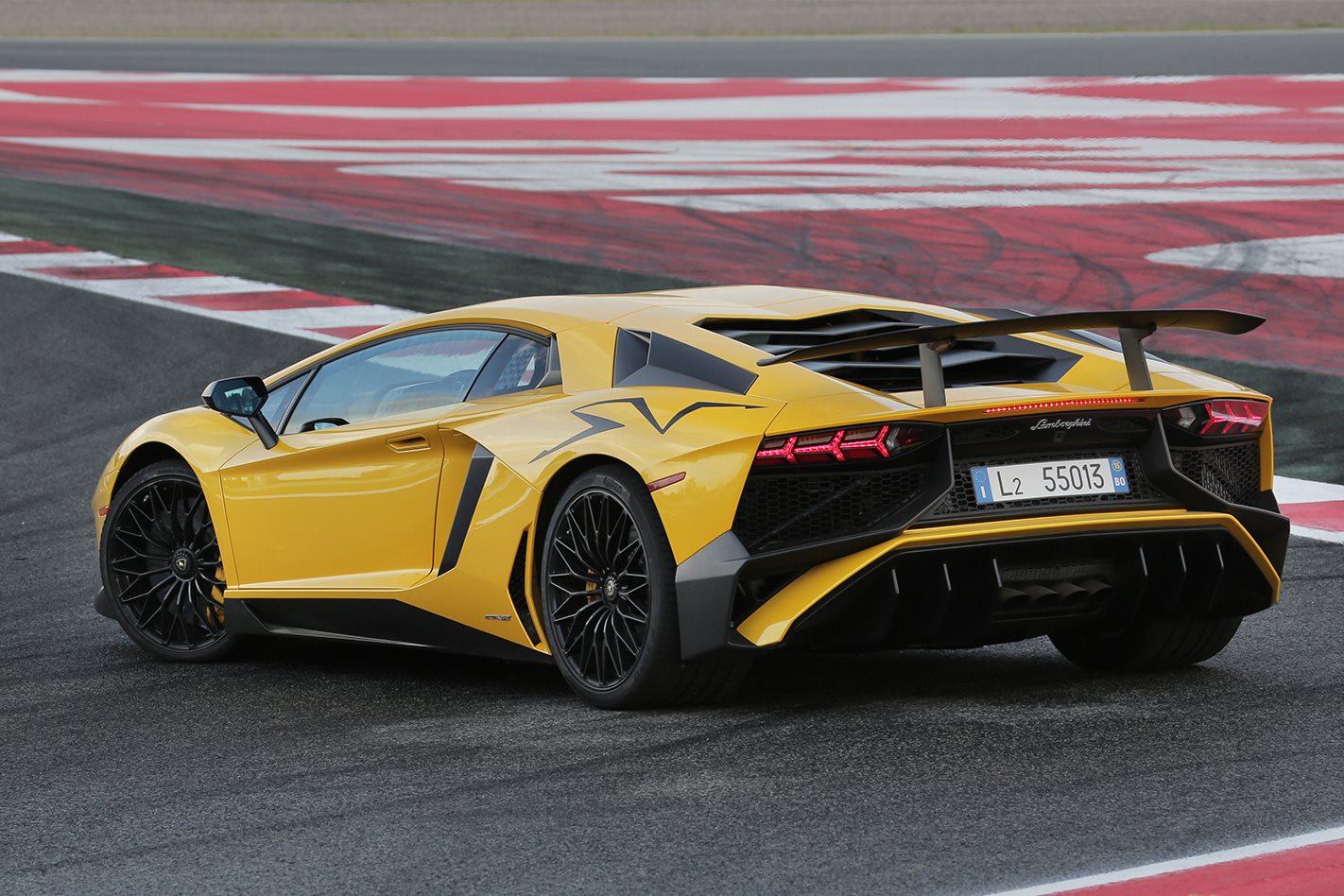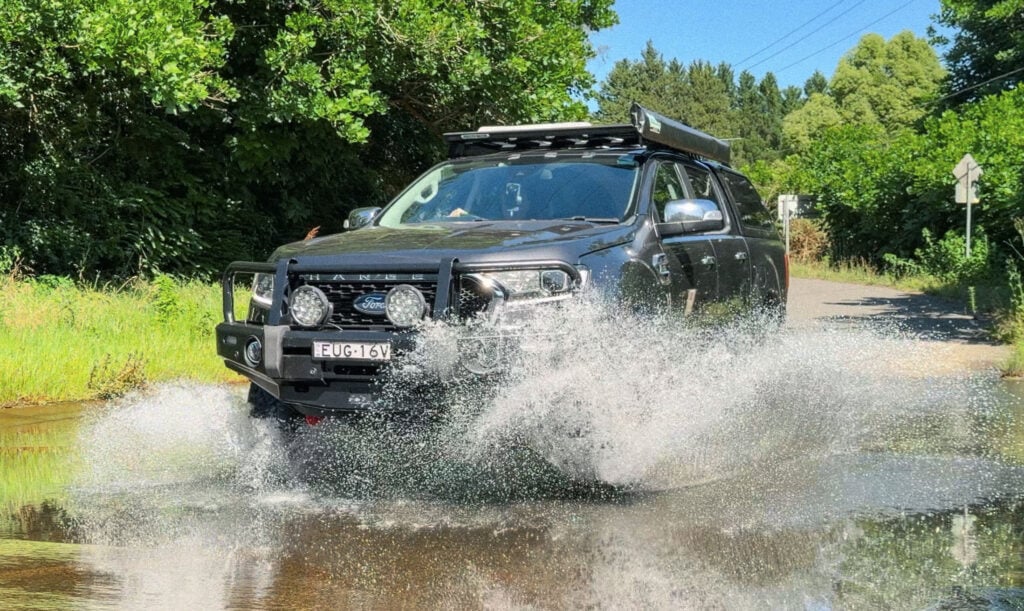An unknown quantity, that’s what this is. With some cars, you know what you’re going to get. With the limited-run Lamborghini Aventador LP750-4 Superveloce, I’m not so sure.
The past couple of new Lamborghinis we’ve driven have left our flabbers slightly unghasted: the Aventador is stupidly fast but can feel clumsy, while the smaller, cheaper Huracan is also absurdly quick at the money, but in making it easy to drive, Lamborghini has left it one-dimensional. In some ways both feel a bit ‘not for us’.
But, says Lamborghini, this is a Superveloce. This is different. There have been only three SVs in Lamborghini’s history before now, and in Miura, Diablo and Murcielago forms, they’ve developed 385, 530 and 670 metric horsepower (283, 390 and 492 kilowatts respectively). That’s plenty for their time, but nothing like the 750 indicated by the numerical designation of the Aventador.
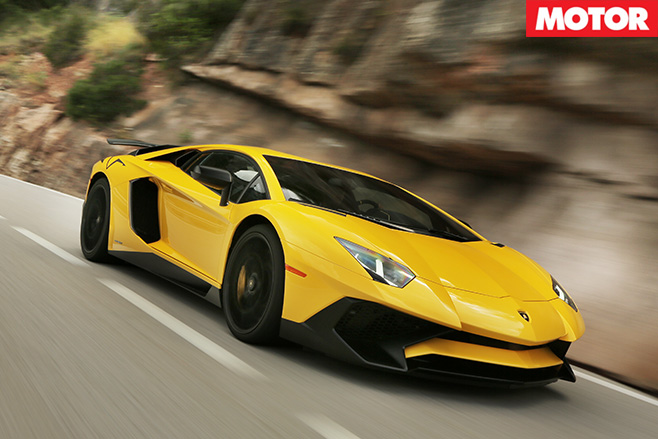
Again, it’s mated to a single-clutch automated manual gearbox with, we’re told, an improved shift calibration, but more significant still is that the SV is, impressively, 50kg lighter than standard. There are new door skins and a couple of lighter panels clad over the carbonfibre monocoque, but I suspect the real weight saving comes from the stripped-out interior.
Lamborghini quotes a dry weight of 1525kg; probably closer to 1700kg at the kerb. What else? A big wing for serious downforce. Magnetorheological adaptive dampers are standard, as is dynamic steering, which changes ratio depending on road speed and a host of other factors such as how much of a ‘bung’ you give the car on the way into a corner.
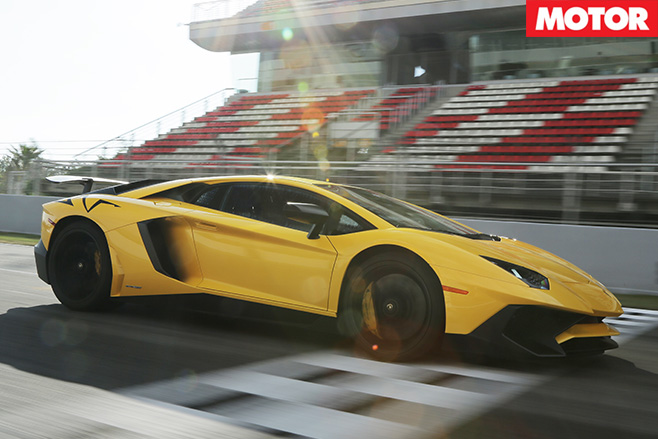
Other stats? The 0-100km/h time is claimed at 2.8sec, and I believe every millisecond. That’s down by only 0.1sec from the standard car, but that’s because whether you’re talking 515kW or 552kW, initial acceleration is limited by traction as much as anything. The top speed – more than 350km/h – is actually electronically governed. Bloody oath, this car is fast.
When will the horsepower war end? Not yet, according to Lamborghini’s head of R&D, Maurizio Reggiani. The extra power is important at more than 200km/h, preventing acceleration from tailing off. That’s why it’s worth having.

Not only does that improve the throttle response to electric levels, but it also changes the calibration of the dampers, the steering and the four-wheel-drive system, which is actually more rear-biased in Sport than Corsa. In Corsa, forget having fun: it’s all about going fast.
And this car is fast everywhere. I say ‘everywhere’, but we’ve only driven it on track and then for not long. But even on this acquaintance, I can tell you it’s agile and alert, in a way that the standard car isn’t. That’s partly because of the reduced weight, partly the downforce and partly the adaptive dampers keeping body movements more tightly controlled. But it’s also because the steering is quick – more on that in a moment – and the chassis extremely throttle adjustable.
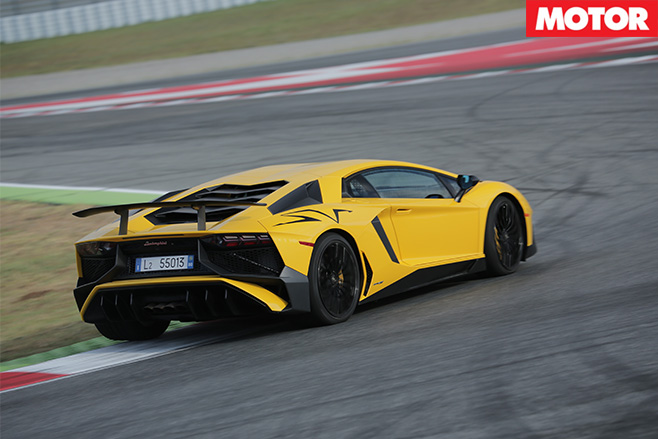
Eventually, the four-wheel-drive system shuffles power towards the front to pull it straight, but such is the weight and ferocious delivery that it’s possible to have an extremely large moment in the SV. It’s a car that likes positive, controlled pedal applications. Use those and it’s hugely rewarding. And ridiculously fast.
To the steering, then, because previously it hasn’t been without controversy. Here, it’s better. Around most hairpins, you don’t need more than a third of a turn of lock because the ratio quickens, which is most of the point. And it’s stable at high speeds because it slows, which is the rest of the point.
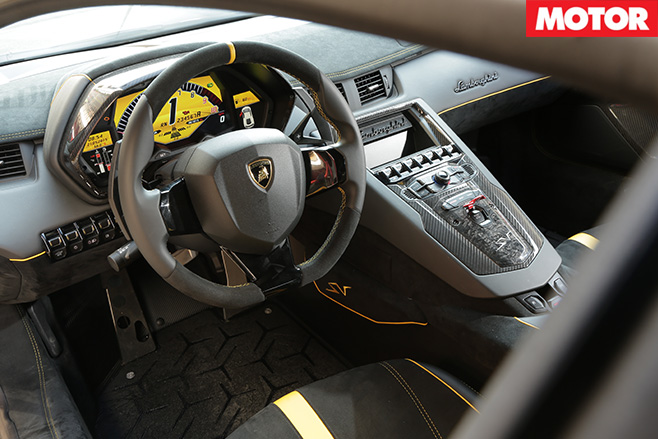
The gearbox is also improved and gives a satisfyingly quick shift at max revs at full throttle, but it’s still a single-clutch automated manual that can feel lethargic at lower revs and on smaller throttle openings.
It doesn’t spoil things, though. The SV is a hugely likeable car. The best car Lamborghini makes, by a mile. There’s more to it than just raw speed, but if you do want something that’s as fast as the Superveloce, you’ll have to spend much, much more money to get it.
Forgive me, I’m going to mention the Nürburgring Nordschleife for a moment. Lamborghini, with only a 15-minute window, at little notice, decided it would have a crack at a Nürburgring lap time. Pirelli test driver, Marco Mapelli, then set a time of 6min 59sec in this car.
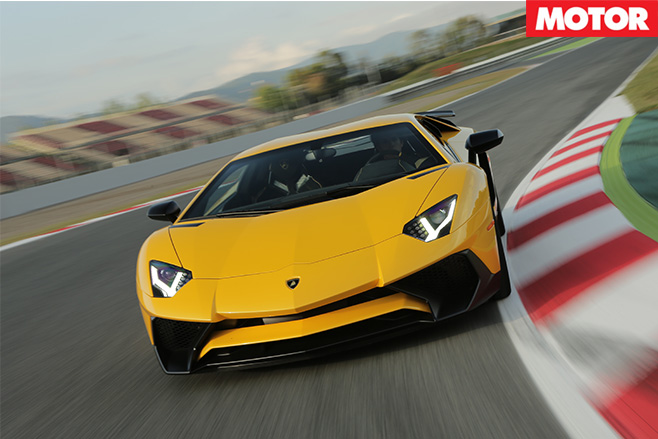
Porsche and Lamborghini are both part of the Volkswagen Group, which means that Lamborghini won’t take the opportunity to go faster and reveal what might be a slightly awkward truth: that this is the fastest car in the group’s portfolio. Funnily enough, then, even at over $880K, you might – might – almost consider it a bargain.
4.5 out of 5 stars
Specs: Lamborghini Avendator LP750-4 SV Body: 2-door, 2-seat coupe Drive: all-wheel Engine: 6498cc V12, DOHC, 48v Bore/stroke: 95.0 x 76.4mm Compression: 11.8:1 Power: 552kW @ 8400rpm Torque: 690Nm @ 5500rpm Power/weight: 362kW/tonne (dry) Transmission: 7-speed automated manual Weight: 1525kg (dry) Suspension: double A-arms, adaptive dampers, push-rod coil-overs, anti-roll bar (f/r) L/W/H 4835/2030/1136mm Wheelbase: 2700mm Tracks: 1720/1680mm Steering: electrically-assisted rack and pinion Brakes: 400mm ventilated/drilled carbon-ceramic discs, 6-piston calipers (f); 380mm ventilated/drilled carbon-ceramic discs, 4-piston calipers (r) Wheels: 20 x 9.0-inch (f); 21 x 13.0-inch (r) Tyres: 255/30 ZR20 (f); 355/25 ZR21 (r); Pirelli PZERO Corsa Price: £320,000 (AU$882,650) Positives: Retina-peeling pace; menacing SV looks; relative bang for buck Negatives: Ageing transmission; dynamic steer still not perfect; no road drive yet

